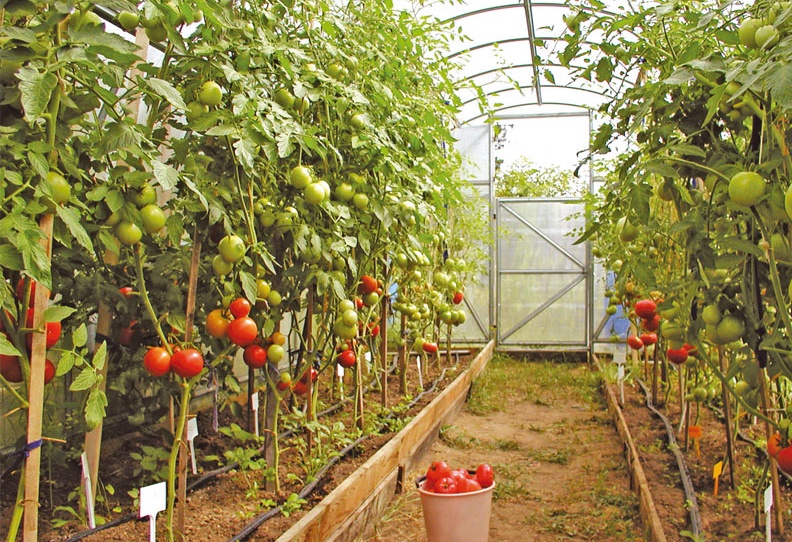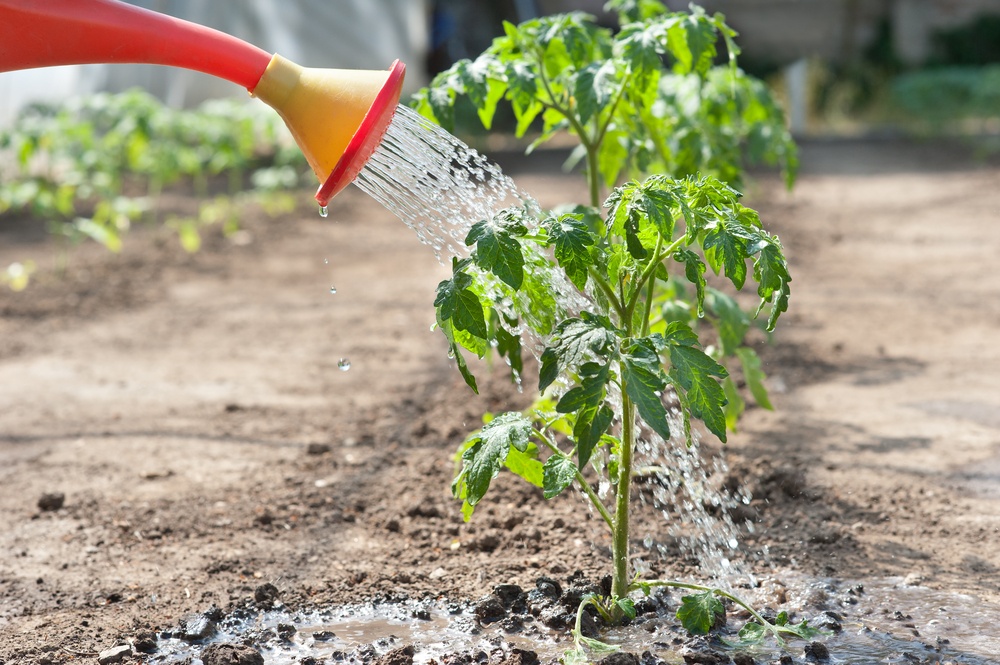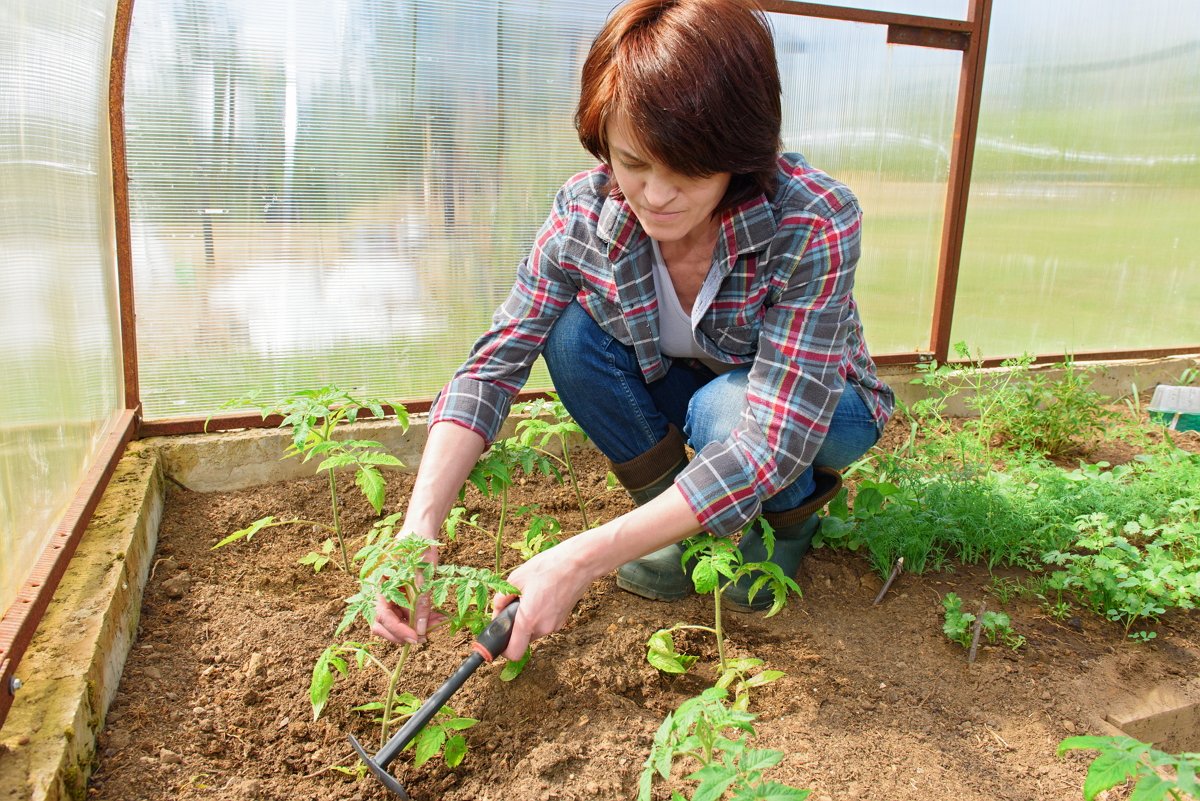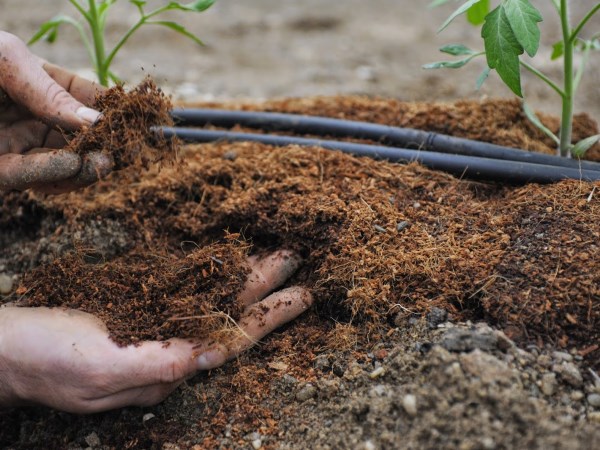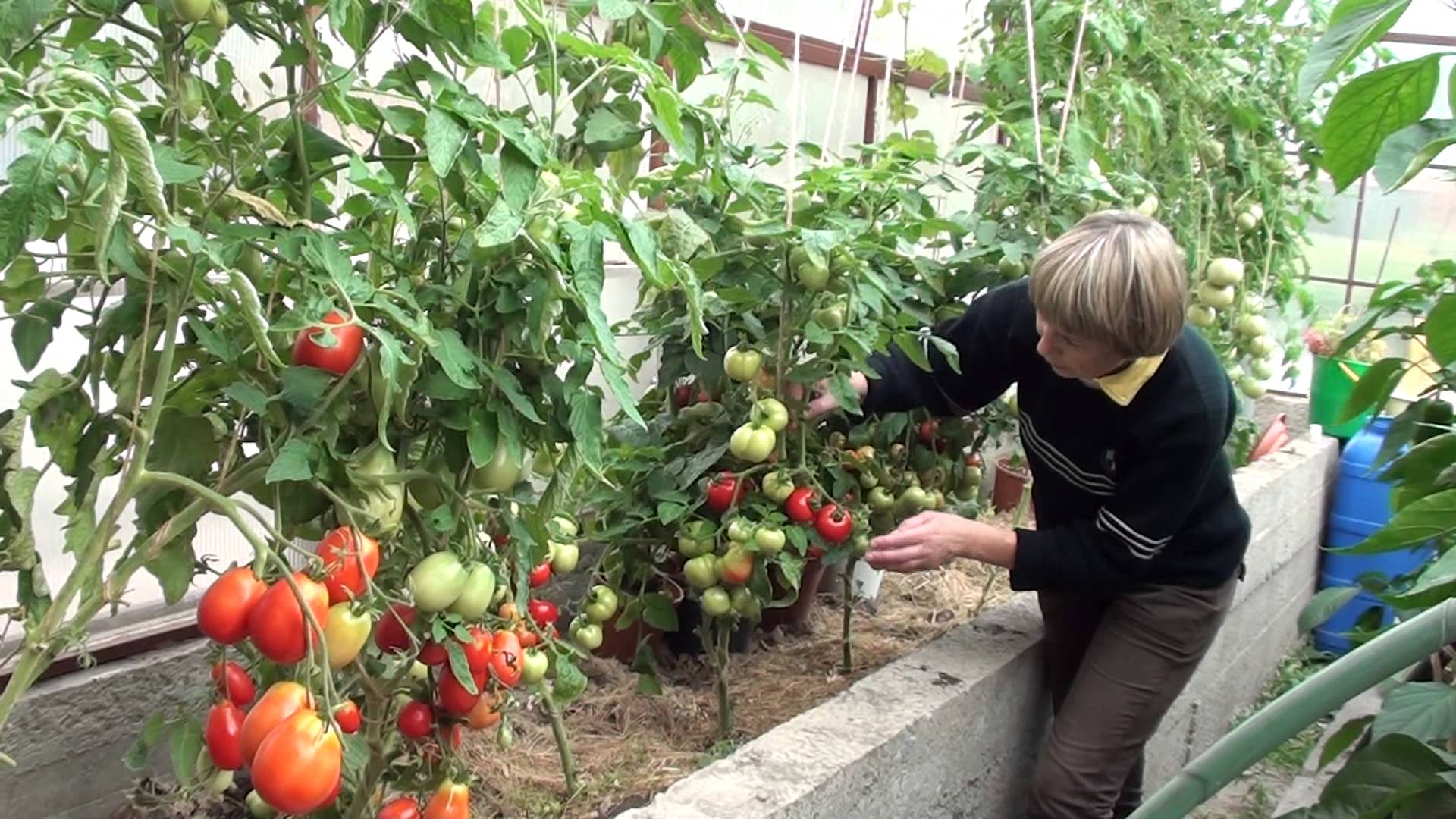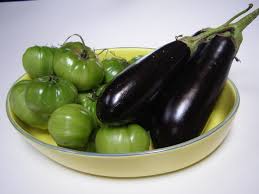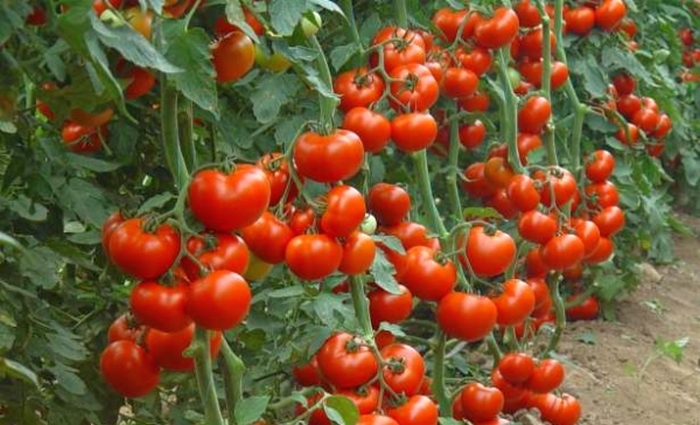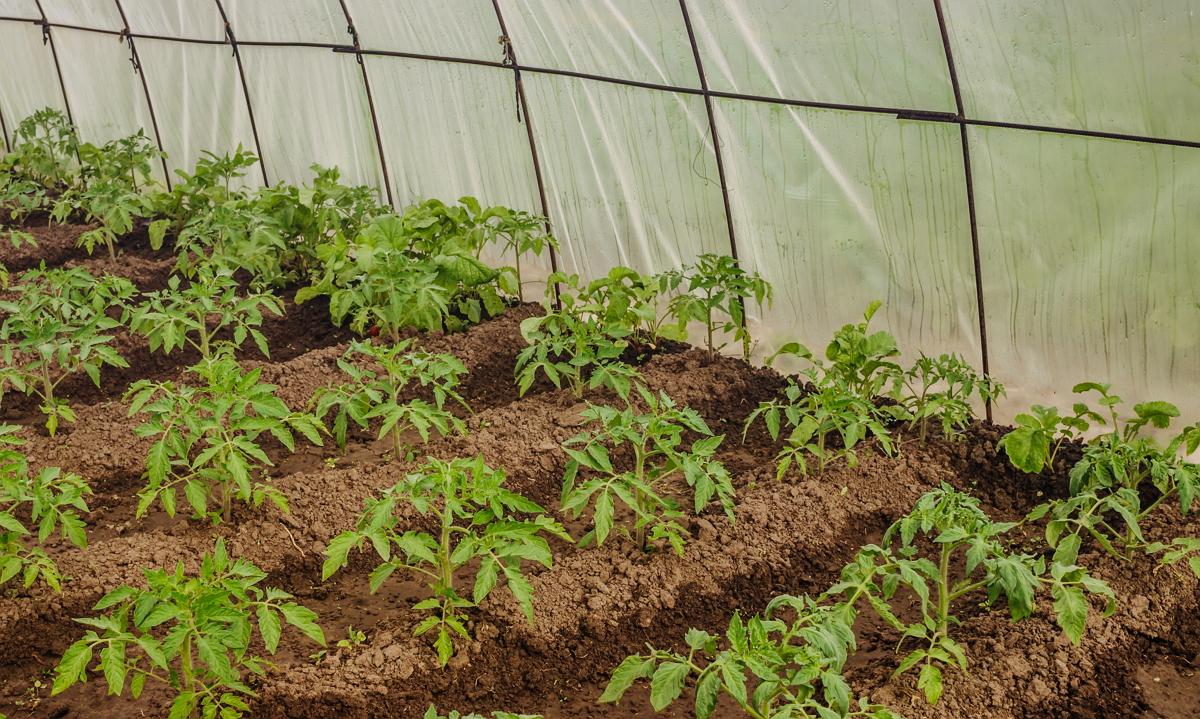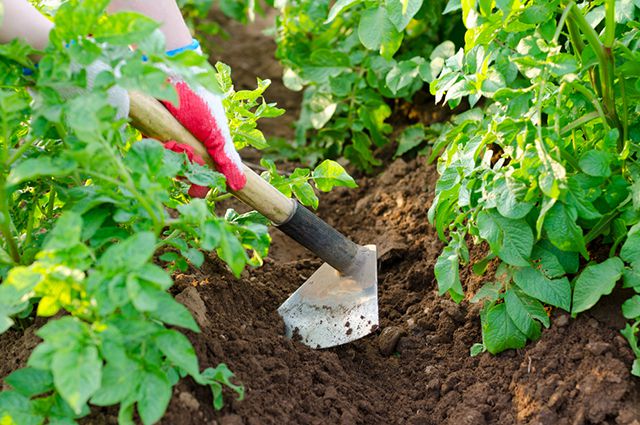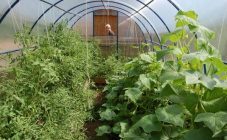Content:
Growing tomatoes in a greenhouse provides a bountiful and high-quality crop compared to plants growing outdoors. But, despite such statistics, a good result can be achieved only if all the necessary agrotechnical measures are taken.
Soil preparation
Experienced gardeners begin preparations for the next season immediately after harvest. The first thing they do is thoroughly clean the ground of weeds, lashes, and also spoiled fallen fruits. Be sure to dig the soil in late autumn. This is necessary in order to freeze small pests in winter.
If this is not possible, you need to disinfect the soil in the fall. For this, Bordeaux liquid, copper sulfate, garden lime or dolomite flour are used. If the soil is not nutritious, organic fertilizer must be added to it in the fall, and it should be borne in mind that if cucumbers or peppers grew in this place last season, such fertilization should not be applied, otherwise the tomatoes will increase the green mass, and the fruits may be completely absent ...
In the spring, before planting tomatoes in the greenhouse, complex fertilizer or compost is added to the soil, after which the soil is dug up. Since tomatoes need a sufficient amount of light, it is recommended to place the beds from the east to the west.
Preparatory stage
The next step is the preparation of seeds for sowing, which is carried out as follows:
- The seeds are heated for three hours at a temperature of 50 degrees. This is necessary to stimulate the rapid growth of seedlings.
- The seeds are then treated with chemicals that prevent disease from occurring. For processing, both industrial chemicals and such common among gardeners as potassium permanganate or granosan are used.
- After that, the seeds are placed in a boric acid solution for 24 hours.
If all the conditions are met, the first shoots will appear in a few weeks. After that, the air temperature in the greenhouse decreases to 18 degrees and is maintained within such limits for 7 days, and then rises to the previous limits.
Seedlings need to be watered as the soil dries up, such watering will help avoid pulling the plants. During watering, it is imperative to make sure that moisture does not get on the leaves, pour water exclusively under the roots, otherwise the tomato leaves may begin to turn yellow and curl.
As soon as leaves with jagged edges appear on the seedlings, it's time for them to dive. Before this procedure, tomatoes must be thoroughly watered with water at a temperature of 20 degrees.
Planting seedlings
Experienced agricultural technicians recommend planting seedlings, adhering to the following conditions:
- Tomatoes are planted in a heated glazed or polycarbonate greenhouse on April 29-30.
- If the greenhouse is not heated, but at the same time it is equipped inside with an additional film cover, the landing is carried out from 5 to 10 May.
- If the room is not heated and there is no additional insulation with foil, the tomatoes are planted from 20 to 25 May.
- In open soil conditions, seedlings are planted from 25 to 30 May.
Before planting seedlings, you should definitely make sure that the air temperature in the greenhouse, even in the farthest corner, is about 20-25 degrees, and the soil is warmed up to 10-15 ° C.
Landing scheme
To get the maximum yield, it is important to plan your planting sites. The following schemes are considered the most successful:
- Low-growing and early-maturing varieties are recommended to be planted in a checkerboard pattern, while leaving an interval between rows of about 55 centimeters.
- Determinant and standard varieties are planted with an interval of 25 centimeters between the bushes, and about 50 cm is left between the rows.
- Tall species are best planted and grown in a checkerboard pattern, leaving about 80 centimeters between rows.
The correct formation of the beds, which are closed one week before planting seedlings, contributes to the safe cultivation of tomatoes. In this case, the top layer is formed in the form of a mound, which has a height of about 40 centimeters.
Before proceeding with transplanting seedlings, you need to dig holes about 15 centimeters deep, if the tomatoes have outgrown, then the depth should be slightly greater. Place one handful of humus or vermicompost in each, then treat it with a weak solution of potassium permanganate.
You need to transplant plants with an earthen lump. Planting seedlings "in the mud" is recommended. The essence of the method is that the nest is filled with water and the tomato is placed there. This distributes the roots more evenly in the new location.
After planting, the soil around the tomato is compacted and covered with soil, and the top layer is mulched. After transplanting, it is recommended to leave the plants alone for several days, start caring after 5-6 days.
Tomato care
After planting tomatoes in a greenhouse, care and watering are the key to a good harvest. The optimal temperature for the growth of tomatoes is considered to be from 18 to 20 degrees in the daytime and not lower than 15 at night. It should also be borne in mind that the spring sun can negatively affect plants. In order to avoid such an impact, it is required to whitewash the glass of the greenhouse.
The first watering of greenhouse tomatoes is carried out a week after planting. If necessary, this can be done a few days earlier, depending on weather conditions. The humidity in the greenhouse must be monitored, since tomatoes do not like too high values. Air humidity should be between 45 and 65%. The only caveat concerns tall plants, which are recommended to be watered abundantly during fruit formation.
Fertilizer
Tomatoes grown in greenhouse conditions require mandatory feeding, the first of which is carried out a few weeks after planting. During this period, plants need phosphorus-potassium fertilizers, such as superphosphate and potassium sulfate. As soon as the tomatoes begin to bear fruit, they are fertilized with sodium humate along with superphosphate.
Stepping
As soon as the tomatoes reach 15-20 centimeters in length, you need to carry out their first pinching. For this, the lateral processes are cut off or broken off. If desired, the trim can be left and placed in water, it will start up the roots and you can plant it in the ground. The pinching procedure is carried out every ten days.
After pouring the fruits, all the lower leaves of the tomatoes are removed, and the stems remain bare, thus ensuring the quality of ventilation and significantly reducing the humidity.
How to increase the yield of tomatoes
To ensure a high yield of tomatoes, it is important not only to choose the right seeds and plant them, but also subsequently take care of your garden and plants.
Tomatoes are relatively often subject to diseases such as late blight, which negatively affects yields. In order to exclude such a development of events, it is recommended to treat the plants with drugs such as Tatu or Ridomil Gold. Processing is carried out immediately after planting and is repeated thirty days later.
The location of the bushes also has a huge impact on the amount of harvest, so experienced gardeners prefer to plant seedlings in such a way that the root system is located in the south and the crown is in the north. This arrangement helps not only to increase yields, but also to prevent abnormal development of tomatoes, which often begin to curl. This problem is especially relevant when growing tomatoes in the Moscow region.
You can increase the yield of tomato giants such as Siberia, Oxheart and Jubilee by scattering their stems on the ground. As a result, they become very productive.
